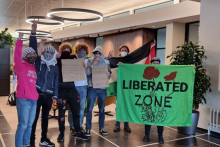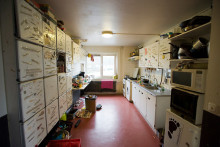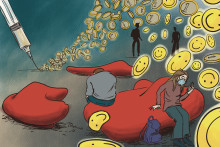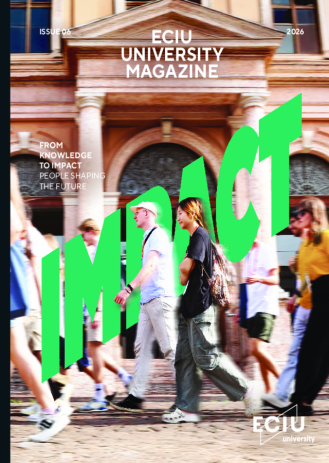From the unique style of the Amsterdam School to the modernism of Rem Koolhaas, Dutch architecture is world famous. But you don't have to go far to find some noteworthy examples of historic vernacular architecture here in the Twente area.
Some excellent examples of interesting structures that speak directly to the local culture and history of the area can be found in many surviving timber framed farm buildings, some dating back to the 12th century. The oldest can be found between Enschede and Hengelo in the Twekkelo area. Het Mensink, het Baardink, and het Kotman were all established sometime in the 12th century. Some of these ancient buildings are still in use as farms and living spaces today. The VVV office in the old market in Enschede has maps that will guide you to many historic buildings in the area.
The open air museum in Ootmarsum (www.openluchtmuseumootmarsum.nl/) is also a great place to see models of this construction as well as a fascinating view into life on a farm reaching back to the Middle Ages. Another example, from the 18th century, is the `Groot Bavel' los hoes which stands behind the Rijksmuseum in Enschede. Los hoes translates roughly as `open house' and denotes a type of farm building/barn that was divided into sections for people and animals. Today this farmhouse contains a museum exhibit dedicated to the victims of the firework explosion of May 2000 in the neighborhood bordering the museum. The timber frame construction, along with the fact that these buildings have stood the test of time and are made of renewable resources, has become a popular subject for specialty homebuilders today in the United States and England. The simple but elegant joinery and construction techniques in these old (sometimes ancient) farm buildings is proving to be a valuable cultural resource as well as the inspiration for new sustainable building practices.
One distinctive hallmark of Twente farm buildings can still be seen in many forms today on the gable ends of houses as well as hanging next to front doors. Called a gevelteken or stiepelteken, these ancient signs marked a building for its owner, showed the faith of the family, and were meant for good luck and protection. The oldest surviving in Enschede can be seen as a fragment placed in the entrance gallery of the Groot Bavel. It shows one of the oldest and most popular motifs, the zandloper or hourglass figure. Simplified to two triangles, this motif can also be seen in the ubiquitous red and white window shutters on many buildings in Twente. These older signs were simply carved into the face of a vertical beam in some prominent location. A more elaborate form eventually evolved, carved from a tall flat piece of wood into a group of symbols standing on each other- something like a totem pole. These can be seen at the peak of the main gable of the barn or farmhouse, or sometimes next to the front door of more contemporary homes. Each stylized part of the carving represented something about the family; properly informed, one could read a lot about the inhabitants. Some are easily discernible - a heart for love, a cross for Christianity; while others are more abstract - an anchor as a symbol of hope, a blooming tulip, the Catholic host, stylized wheat stalks or the moon symbolizing fertility, a circle pierced seven times representing the sun and seven days of the week, and the status symbol of local farmers- the double horse head or `Twentse ros'.
Don't leave the Twente area without witnessing these icons of architectural history for yourself.

Los Hoes Groot Bavel in Enschede behind the Rijksmuseum.Modern `gevelteken'







